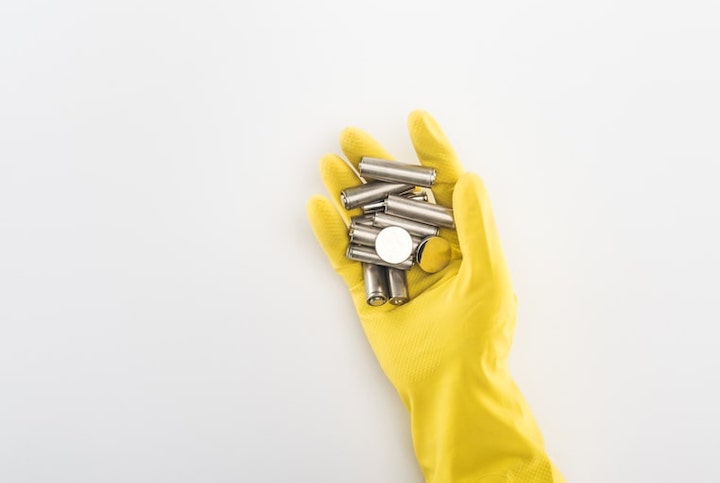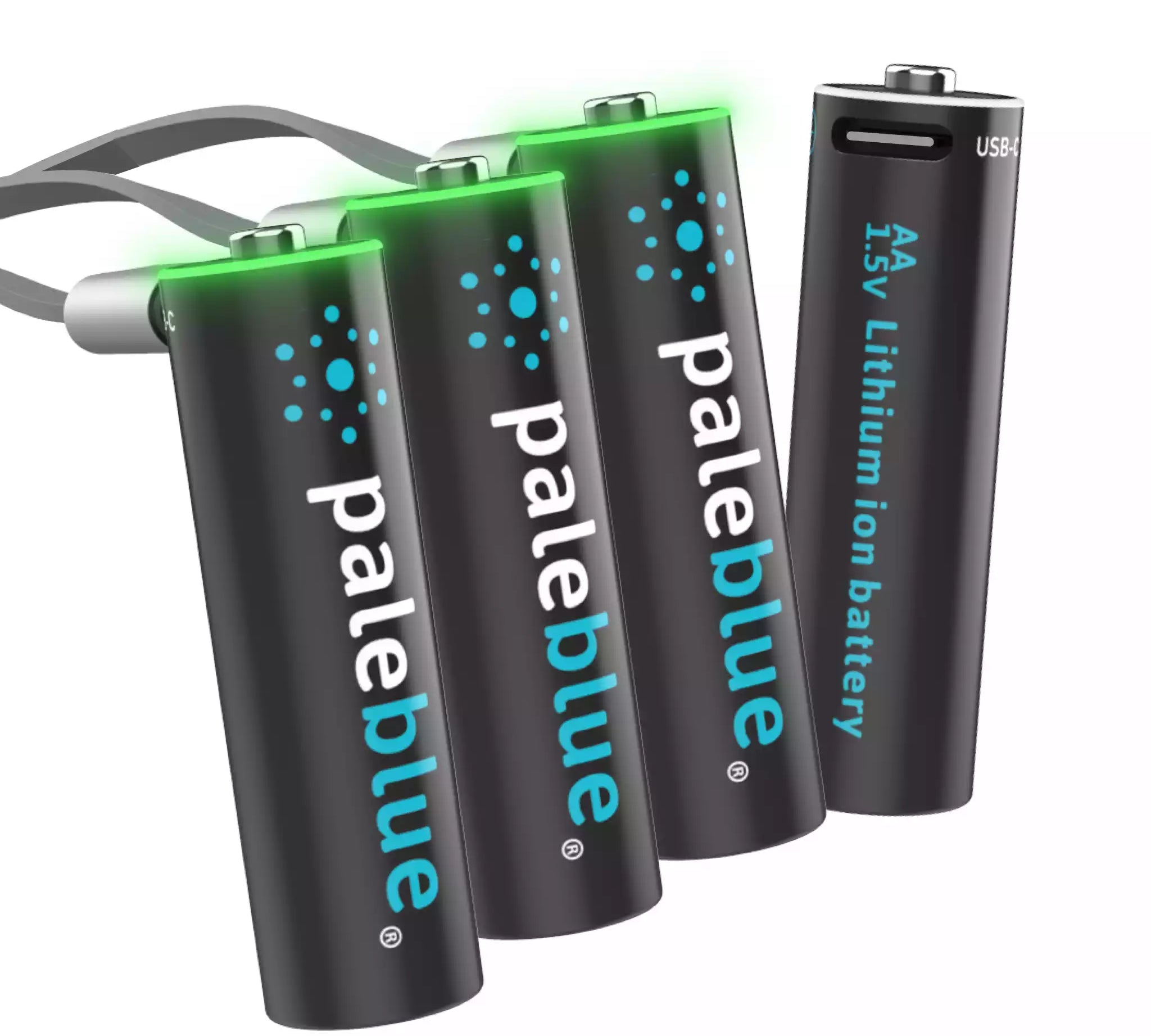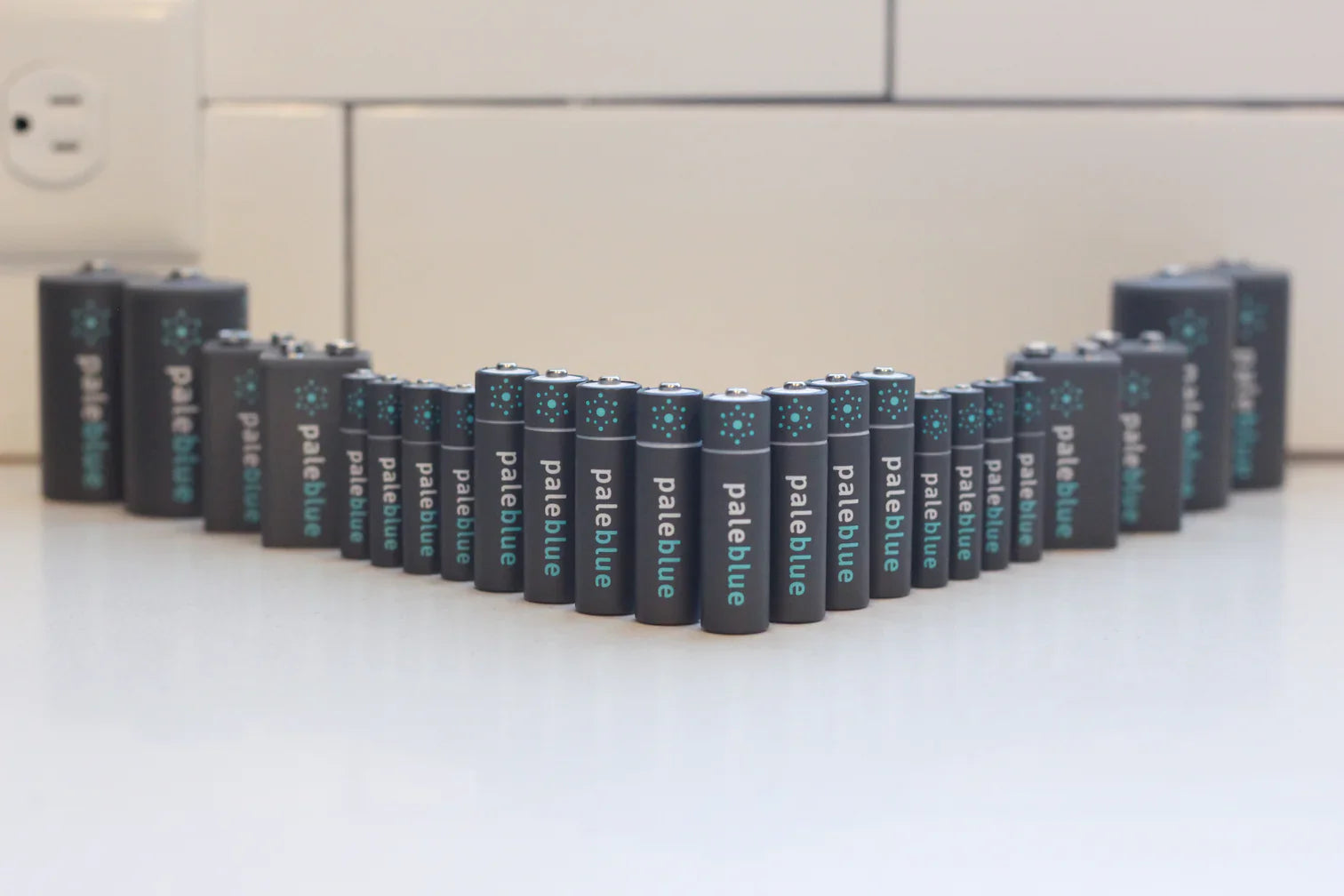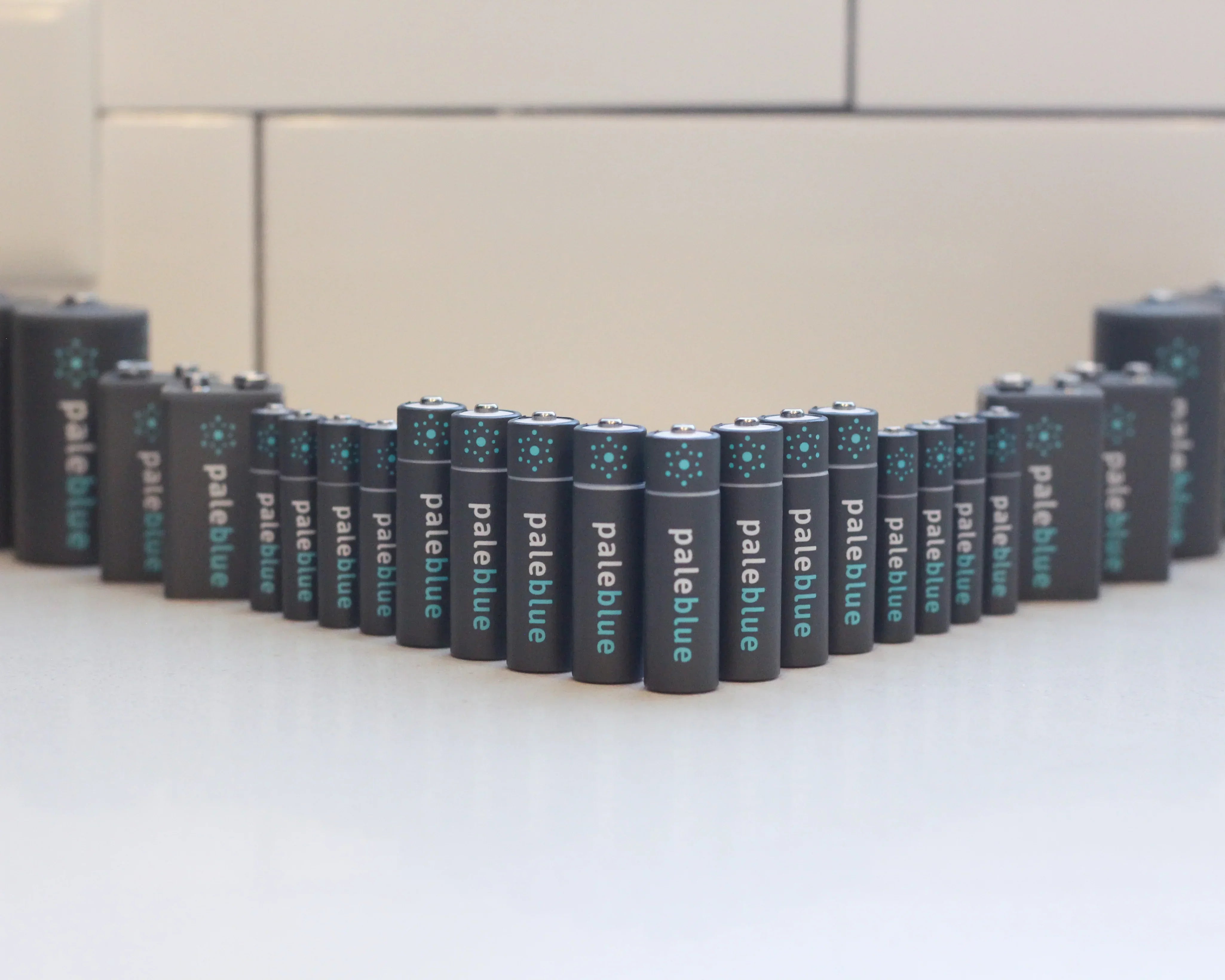Every Battery Eventually Dies...Here's Why

Last Updated: January 2025
Wouldn't it be nice to buy a pack of batteries that would last your entire life? Batteries that never died would be awesome – even if that meant USB rechargeable batteries that would last eternally as long as they were recharged every few days. But alas, every battery eventually dies.
One of the realities of physics is that everything in the universe gradually wears out. In this post, we will explain why batteries die in a way that makes sense without getting too technical. By the time you finish reading, you will hopefully understand why rechargeable lithium-ion batteries are far superior to their disposable alkaline counterparts.
Alkaline Batteries Are Single Use
The easiest part of this to understand is why alkaline batteries die. Alkaline batteries are single use. They work by storing potential energy via the chemical constituents inside. Those constituents include zinc powder (anode), manganese dioxide (cathode), and potassium hydroxide (electrolyte). A reaction between the powder zinc and the manganese dioxide produces the electrical charge.
Unfortunately, this reaction is a one-and-done thing. The two chemicals actually combine and, in doing so, change their physical properties. And once combined, there is no undoing the reaction. Once the two chemicals are fully combined inside the case of the battery, there is no more energy to be had. The battery is officially dead.
Rechargeable Lithium-Ion Batteries
Rechargeable lithium-ion batteries work on a different principal. They still have an anode, cathode, and electrolyte. But rather than depending on a chemical reaction between anode and cathode, lithium-ion batteries produce energy through the movement of lithium ions.
When a lithium-ion battery is charged, electricity forces the ions from the positive side of the battery to the negative side, passing through the electrolyte as they go. Discharging works just the opposite. Ions flow from the negative side to the positive. This generates an electrical current.
The beauty of this setup is that a lithium-ion battery can be recharged simply by forcing the atoms through the electrolyte and back to the negative side. But as you might imagine, continuous cycles of back and forth will eventually ‘wear out’ the battery.
This wearing out process is due to the chemical reaction between the ions and the electrolyte. Some have described it as a parasitic reaction. To keep it simple, the ions do not move as freely the older the battery gets. Once they stop moving back and forth, the battery is officially dead.
Extending Battery Life
There are other types of batteries we will not cover in this post. We do want to close by briefly discussing how to extend the life of a set of rechargeable lithium-ion batteries. The secret is to prevent the ions inside from fully reaching either the positive or negative sides of the battery.
There are two ways to do this. First, although an impractical method, is to avoid letting a rechargeable battery get 100% charged or discharged. Most battery experts say that a 30%-70% range is ideal. By preventing complete charge and discharge, you keep most of the ions somewhere in the electrolyte middle.
The other suggestion is to avoid temperature extremes. This is especially true with heat. Lithium-ion batteries don't do well when they get hot. Our batteries have a build in safety mechanism which wills hut them own if they get too hot, but in any case, excess heat will cause lithium-ion batteries to die sooner.
And now you know why batteries die. It is all about chemistry and physics. Just know that alkaline batteries are single use where our USB rechargeable can be charged 1,000 times or more. They are rated for 1000 charges, which means after 1000 charges they will retain 80% of their original capacity. If you find your battery capacity reducing, you can consider retiring then in low current drain applications such as your tv remote where they will continue to function well for many more charges.
- Tags: Economical








